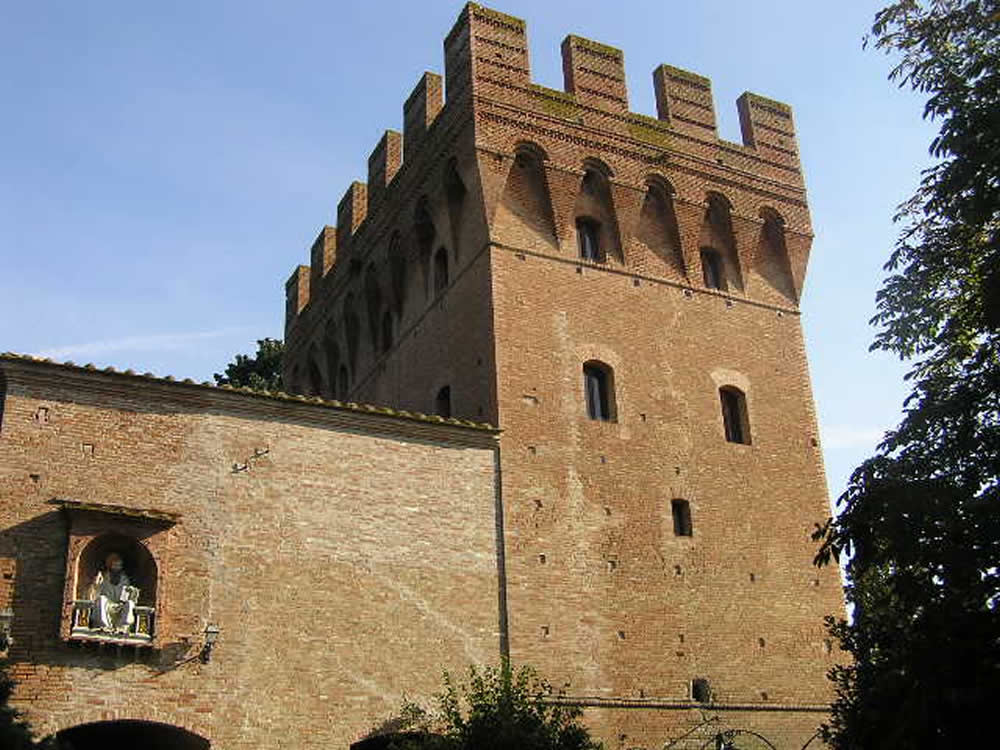Questo articolo è disponibile anche in:
![]() Italiano
Italiano
Monte Oliveto Maggiore is located about 30 km southeast of Siena. The abbey can be reached by crossing the characteristic territory of the Crete Senesi. The abbey of Monte Oliveto Maggiore above all for the environment in which it is located, but also for the buildings that are part of it and for the works of art that are preserved there, constitutes a complex of very high historical, artistic and environmental value.
In 1313 the young Sienese nobleman Bernardo Tolomei retired to a hermitic life in this impervious and desolate area, known as the “desert of Accona”. Following the typical development of western monasticism, from the hermitic phase to the community one. Finally in 1319 he founded a new monastic community on the principles of the Benedictine rule.
In the following centuries the foundation of new monasteries was promoted which continued to have their mother house in Monte Oliveto. The monastery of Monte Oliveto Maggiore was built starting from 1320. The territories pertaining to the abbey extended in the following centuries making the abbey the fulcrum of the agricultural organization of the Crete Senesi area.
A MASTERPIECE OF MONASTIC ARCHITECTURE IN ITALY
The Abbey of Monte Oliveto Maggiore is one of the most significant examples of monastic architecture in Italy. The entrance to the abbey is preceded by a fortified tower. The abbey complex was enlarged several times and enriched with works of art, a library and a pharmacy. Finally, a small museum has recently been built there.

The abbey is famous above all for the works of art it houses and for the large cloister with double loggia. The cloister built between 1426 and 1443 is decorated with a cycle of 36 frescoes by Luca Signorelli and Giovanni Antonio Bazzi, known as il Sodoma, which represent the life of San Benedetto and are considered one of the most beautiful fresco cycles of the Renaissance.
Inside the monastery church is a 16th-century wooden choir by Fra Giovanni da Verona which is a masterpiece of marquetry and carving with few equals in Italy. While at the entrance to the church there is also one of Sodoma’s masterpieces: “Jesus carrying the cross” as well as other frescoes of great beauty. Other places to visit in the marvelous abbey are above all the middle Cloister, the Refectory with frescoes from 1670 by Paolo Novelli, the Library, the Pharmacy and the Chapter or Definitory room.
A circular excursion itinerary (4 km long, about 1h30′ walking) allows you to reach the village of Chiusure and to venture into the surrounding area marked by cypress woods and the impressive ravines. While other itineraries connect Monte Oliveto Maggiore with Asciano, Buonconvento, San Giovanni d’Asso and the Val d’Orcia.
Questo articolo è disponibile anche in:
![]() Italiano
Italiano

